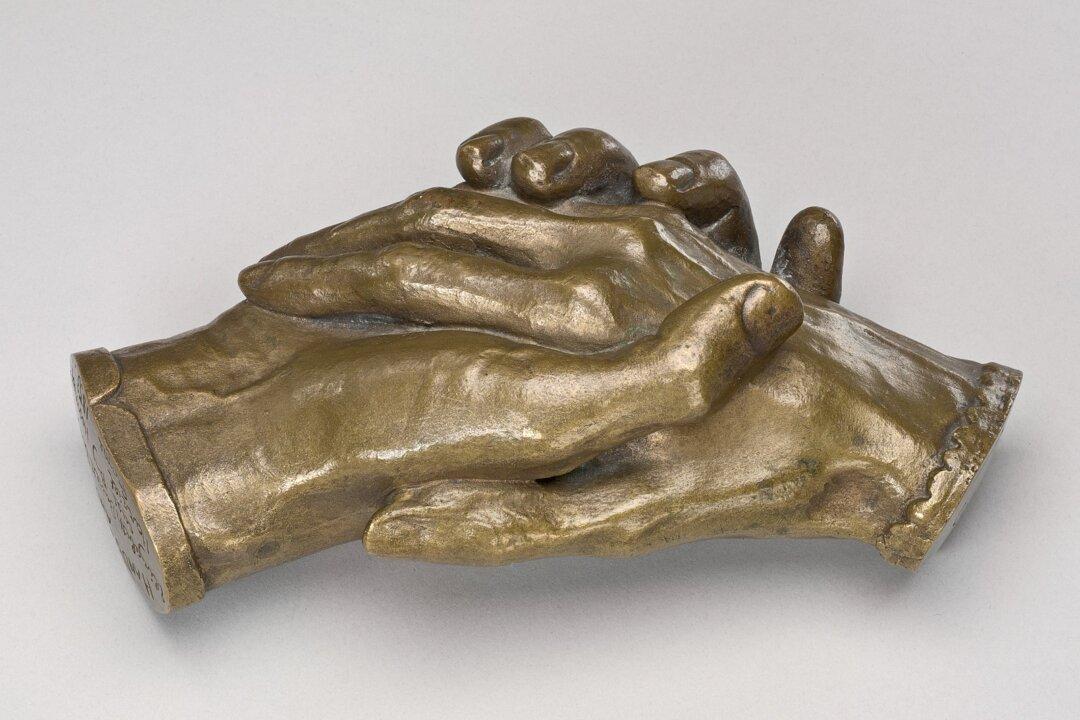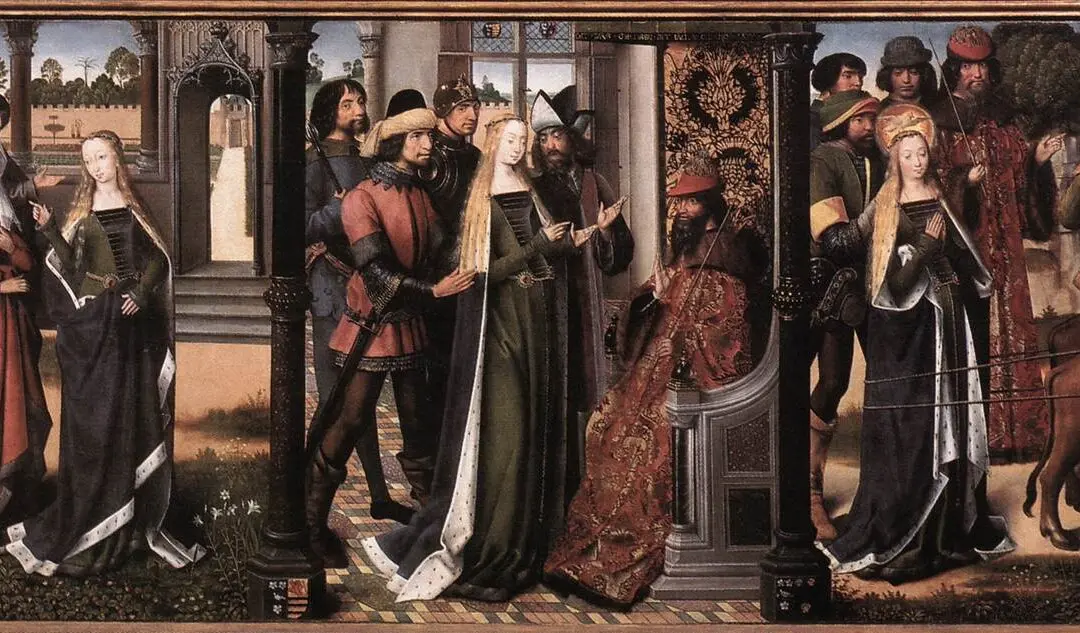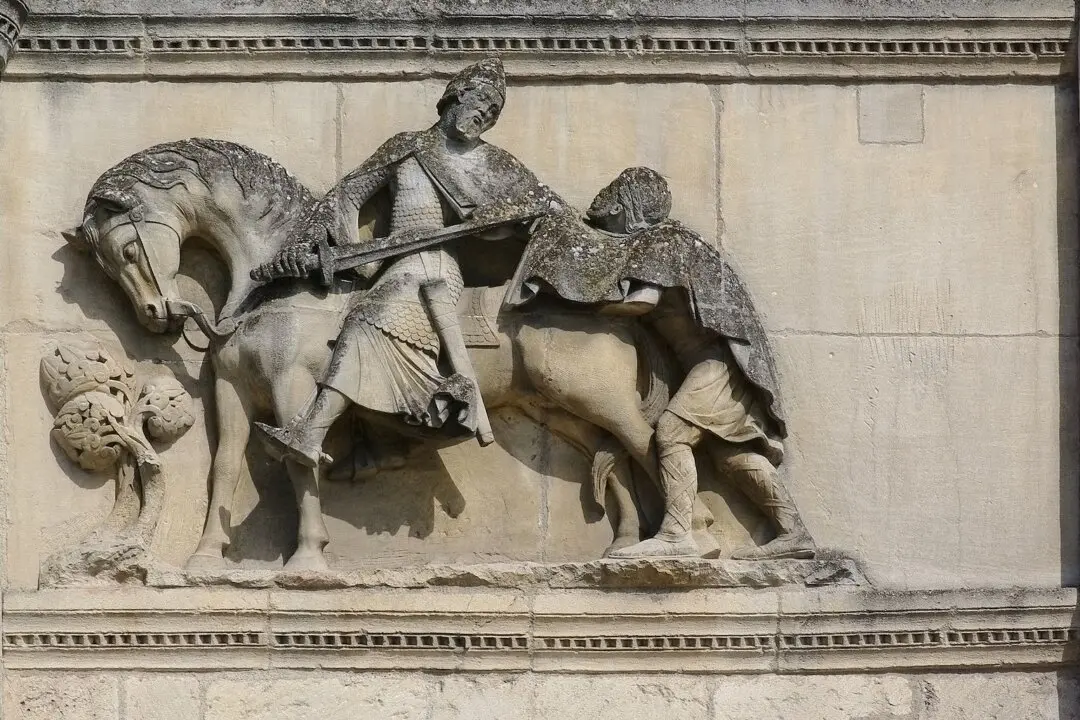If thou must love me, let it be for nought Except for love’s sake only. Do not say, I love her for her smile—her look—her way Of speaking gently,—for a trick of thought That falls in well with mine, and certes brought A sense of pleasant ease on such a day"— For these things in themselves, Belovèd, may Be changed, or change for thee—and love, so wrought, May be unwrought so. Neither love me for Thine own dear pity’s wiping my cheeks dry: A creature might forget to weep, who bore Thy comfort long, and lose thy love thereby! But love me for love’s sake, that evermore Thou mayst love on, through love’s eternity.
Elizabeth Barrett Browning was 40 years old when she married fellow Victorian poet Robert Browning. She had neither youth nor particular beauty to recommend her and was in frail health, but the two experienced a meeting of the minds through their correspondence. It all began when Robert wrote to express his admiration of her poems.
Portraits of Elizabeth Barrett Browning and Robert Browning, 1853, by Thomas Buchanan Read. Public Domain





